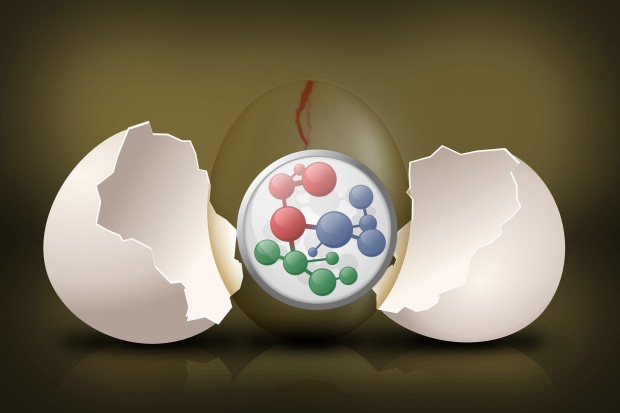
Risk Management is the continuous process of identifying, analyzing and responding to risk factors throughout the life of a project. The risk management starts at the beginning of the project and continues throughout the life of the project. At each stage of the project’s life, new risks will be identified, quantified and managed. Proper risk management is proactive rather than reactive and reduces the likelihood of an event occurring and the magnitude of its impact. Reactive risk management is often called as crisis management. The right balance in risk contingency is necessary; too much may make the project uncompetitive; too little contingency increases the chance of failure. Risk management is a responsibility of the project team and is driven by the project manager. In short, risk management is about anticipating uncertain events that are inherent to a project to optimize them for project success. Continue reading →





 Inspection Readiness (IR) is a proactive process. It is a process of ‘getting ready’ for an inspection by a regulatory authority (such as FDA), which is conducting an official review of documents, facilities, records, and any other resources that are deemed by the authority to be related to the clinical trial.
Inspection Readiness (IR) is a proactive process. It is a process of ‘getting ready’ for an inspection by a regulatory authority (such as FDA), which is conducting an official review of documents, facilities, records, and any other resources that are deemed by the authority to be related to the clinical trial. 

 The Target Product Profile provides a structure for the scientific, technical, clinical, and market information, which is the basis for the product development strategy. The Target Product Profile (TPP) is the critical component of the Development Plan (DP), and its existence is necessary to achieve a
The Target Product Profile provides a structure for the scientific, technical, clinical, and market information, which is the basis for the product development strategy. The Target Product Profile (TPP) is the critical component of the Development Plan (DP), and its existence is necessary to achieve a  What is the meaning of the pharmaceutical market access? Market access is the process to ensure that all appropriate patients who would benefit, get rapid and maintained access to the brand, at the right price.
What is the meaning of the pharmaceutical market access? Market access is the process to ensure that all appropriate patients who would benefit, get rapid and maintained access to the brand, at the right price.  My previous post
My previous post